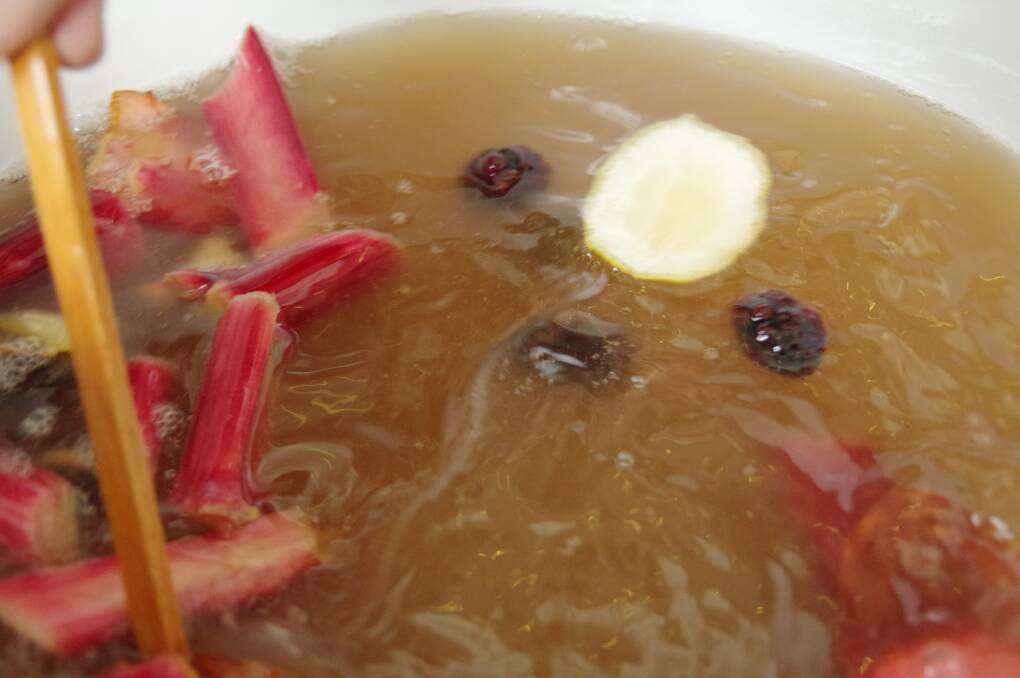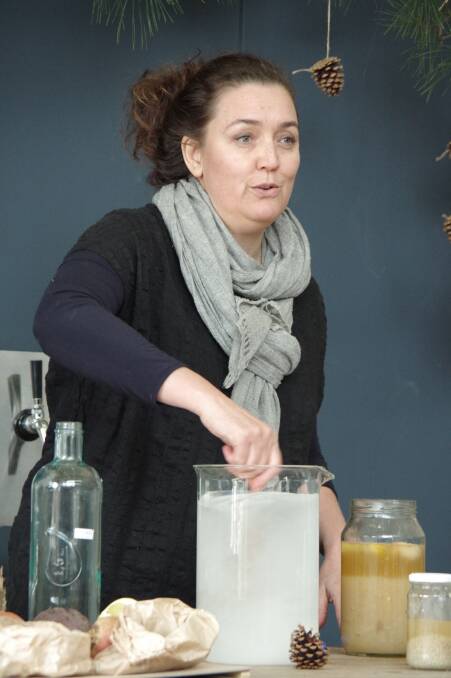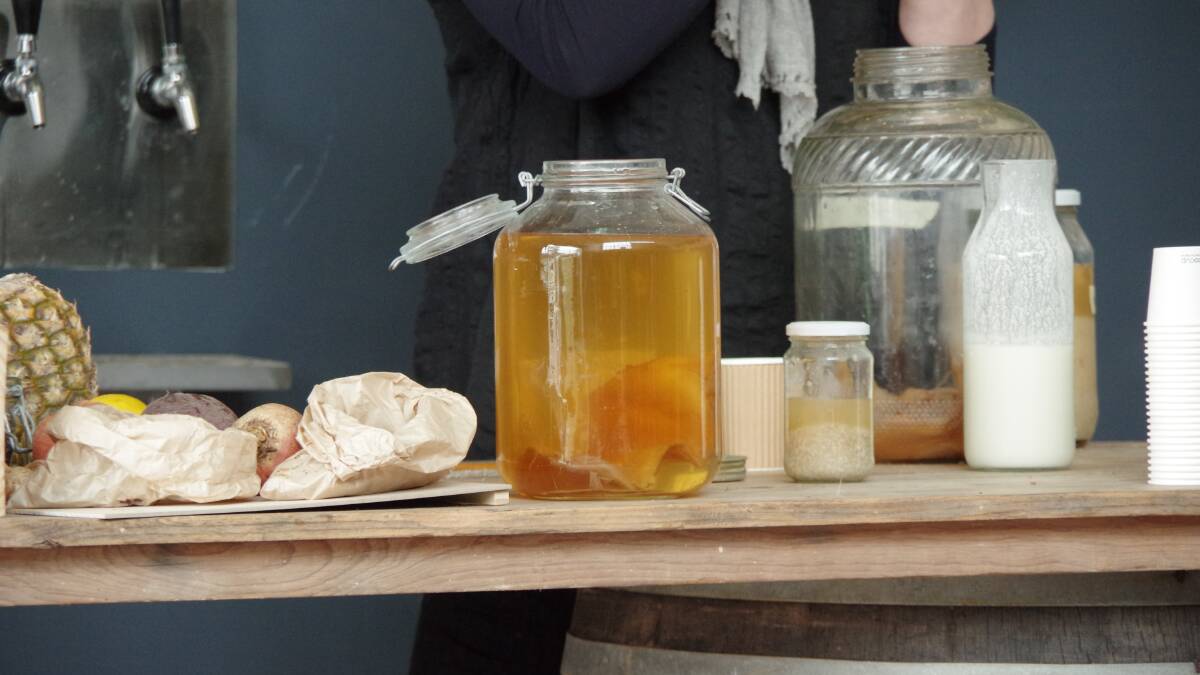IT is being called nature’s slowest fast food and can be the solution for growing people’s consumption of vegetables and fruit.
With the consumer trend of eating and drinking food that aids good digestion, fermenting is making a comeback.
Among the top-ranked digestive aids are sauerkraut, yoghurt, kimchi, kefir and kombucha.
These were all on show recently at a well-attended workshop at Orbost, in Victoria, hosted by Sharon Flynn and Roger Fowler, of The Fermentary at Daylesford.
After time living in Japan and learning fermenting techniques from women villagers, Sharon Thorpe returned to Australia with a kernel of an idea.
RELATED READING
Meeting chef Roger Fowler brought two passions together – his interest in food and Sharon’s interest in recreating fermented foods in an Australian context.
The couple now hold regular workshops at their Daylesford-based The Fermentary and in restaurant kitchens in Melbourne.
Those workshops recently took them to Orbost, to Sailors Grave Brewery; and the opportunity to instruct a large group of men and women in the intricacies of using natural bacteria to create lightly carbonated drinks – water kefirs – infused with fruit and vegetables.
Ms Flynn’s theory of carbonation relies particularly on harnessing the bacteria in locally grown food.
Making water kefir drinks is a large portion of the industry of The Fermentary.
“I’m a true believer that the food grown in our local area has the same bacteria on it that we ingest from the environment,” Ms Flynn said.

“Because we’re living in that same environment, that’s the bacteria that is in our gut already.
“Wild fermentation is creating living food. What did we do before we could buy yeast?”
Kefir is made in two stages of fermentation. The first stage is mixing sugar and water in a volume of one to four, adding the scoby and sealing for at least 14 days.
Other flavours can be added at this time, including citrus peel, spice and dried or fresh grapes.
“What is important is to get an airtight seal; this encourages an anaerobic environment, for feeding the scoby grains,” Ms Flynn said.
When the carbonation process is well underway and the taste test yields positive, makers can add other fruit and vegetables at this point.
After a further two to three day fermentation and infusion of flavours, the scoby and vegetables and fruit can be sieved and the water kefir is ready to consume.
The scoby can be kept for re-use, Ms Flynn said.

There was a lot of opportunity to taste-test fermented food and drink during the workshop.
Honey mead was mixed through to infuse the flavours of bergamot, citrus, rhubarb, carrot, tumeric and berries. The taste was fizzy and sweet.
“Honey is just waiting for water to be added,” Ms Flynn said.
“Leave the mixture for a couple of days and you’ve got a lovely, fizzy drink.
“Stir regularly and keep it covered with muslin, to ensure no bugs or dirt in the air gets into the mixture.”
And a failed drink is still usable.
“There’s a fine line between honey mead drink and honey vinegar,” Ms Flynn said.
While she mentioned using saliva as a starter culture, the focus was more on implementing spices, whey or bread – particularly sourdough bread – as a starter for kvas.
From there it was a matter of adding whatever vegetables are seasonally available.
There was even diversity among nations.

“For a South American taste, combine pineapple peel for yeast, pineapple fruit for sugar and add water,” Ms Flynn said.
She credited her time in Japan as key to her awakening as a fermenter.
“Eight years in Japan, living in the countryside and learning fermentation methods, was a key changer for my career in food,” Ms Flynn said.
“There is a large and growing group of avid fermenters in Australia – and it often brings together people who like fermenting and people who grow heaps of vegetables.
“There’s so much complexity in fermenting – it’s raw and it’s nature’s slowest fast food.”

